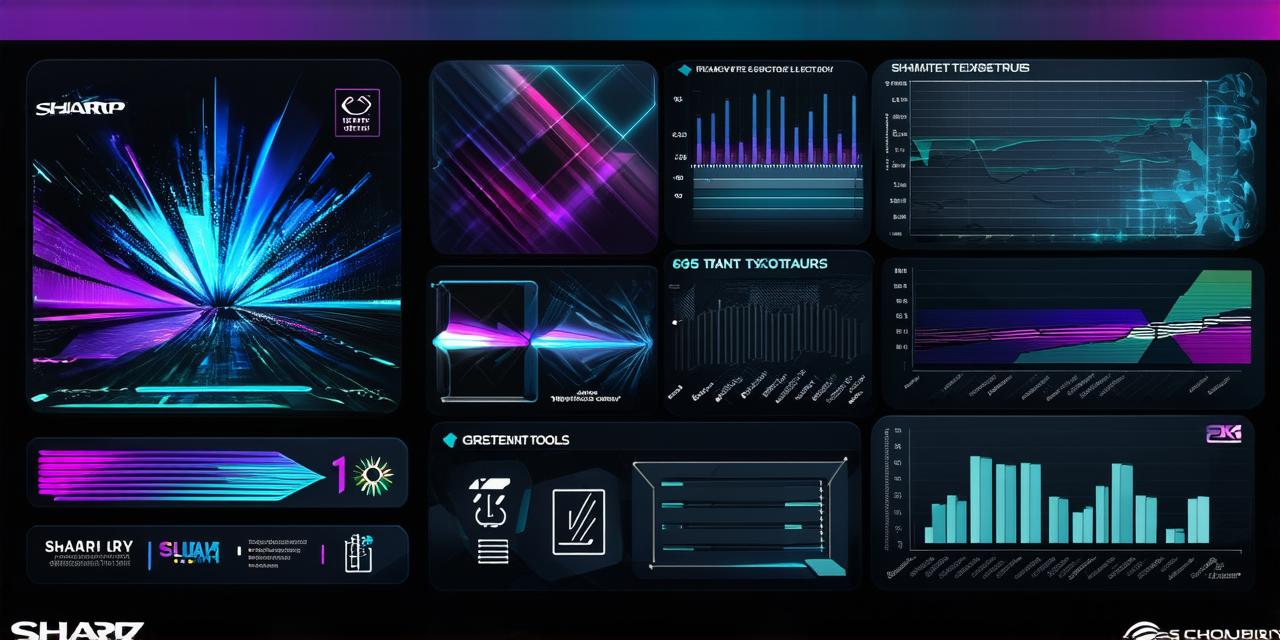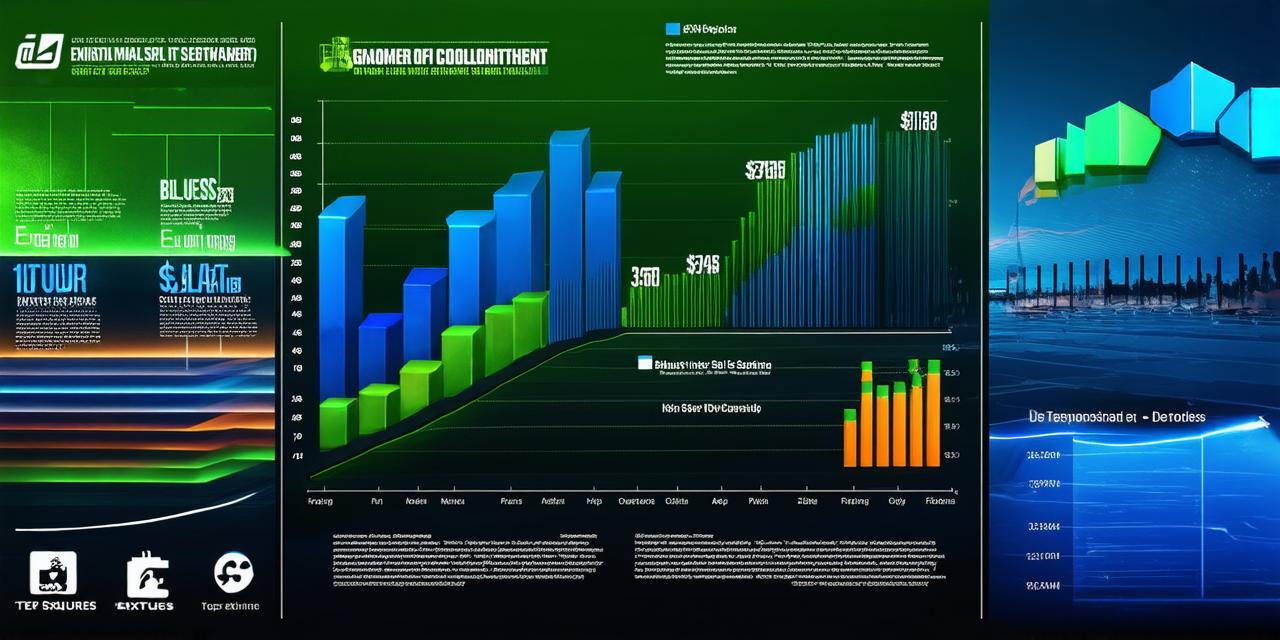1. Google Analytics:
Google Analytics is a powerful web analytics tool that can also be used for game analytics. It allows you to track player behavior on your website or in-game, such as time spent on each page, bounce rates, and conversion rates. You can also use Google Analytics to analyze demographic data, such as age, gender, and location, and track user acquisition and retention.
One of the biggest advantages of using Google Analytics for game analytics is its integration with other Google products, such as AdWords and YouTube Analytics. This means you can easily track player behavior across multiple channels and gain a holistic view of your players’ journey.
Another benefit of Google Analytics is its scalability. Whether you are just starting out or running a large-scale game, Google Analytics can handle the traffic and data volume with ease.
However, one drawback of Google Analytics is that it requires some technical setup and configuration. Developers may need to integrate tracking code into their game or website, which can be time-consuming and error-prone.
2. Mixpanel:
Mixpanel is a popular analytics platform that specializes in user behavior analysis. It provides developers with detailed insights into player engagement, conversion rates, and retention. Mixpanel also allows you to track user cohorts, funnel analysis, and A/B testing, which can help you optimize your game’s performance and user experience.
One of the key features of Mixpanel is its ability to segment data by multiple dimensions, such as player level, device type, and geographic location. This allows developers to identify patterns and trends in player behavior across different groups and make more informed decisions about their game strategy.
Another benefit of Mixpanel is its ease of use. Developers can easily set up Mixpanel in their game or website with just a few lines of code, and the platform’s intuitive interface makes it easy to navigate and analyze data.
However, one downside of Mixpanel is that it can be expensive for larger games with high traffic volumes. Developers may need to upgrade to higher-priced plans to access advanced analytics features or support multiple devices.
3. Kissmetrics:
Kissmetrics is an analytics platform that focuses on user behavior and engagement analysis. It provides developers with detailed insights into player engagement, conversion rates, and retention. Kissmetrics also allows you to track user cohorts, funnel analysis, and A/B testing, which can help you optimize your game’s performance and user experience.
One of the key features of Kissmetrics is its ability to segment data by multiple dimensions, such as player level, device type, and geographic location. This allows developers to identify patterns and trends in player behavior across different groups and make more informed decisions about their game strategy.
Another benefit of Kissmetrics is its ease of use. Developers can easily set up Kissmetrics in their game or website with just a few lines of code, and the platform’s intuitive interface makes it easy to navigate and analyze data.
However, one downside of Kissmetrics is that it can be expensive for smaller games with lower traffic volumes. Developers may need to upgrade to higher-priced plans to access advanced analytics features or support multiple devices.
4. Amplitude:

Amplitude is an analytics platform that specializes in mobile game development. It provides developers with detailed insights into player behavior, such as session duration, bounce rates, conversion rates, retention rates, and churn rates. Amplitude also allows you to track user cohorts, funnel analysis, and A/B testing, which can help you optimize your game’s performance and user experience.
One of the key features of Amplitude is its ability to handle large volumes of data. Developers can easily scale up or down their analytics capabilities depending on their needs, without worrying about performance issues.
Another benefit of Amplitude is its integration with other mobile development platforms, such as Unity and Unreal Engine. This allows developers to easily import data from their games into Amplitude for analysis, without requiring additional setup or configuration.
However, one downside of Amplitude is that it can be expensive for smaller games with lower traffic volumes. Developers may need to upgrade to higher-priced plans to access advanced analytics features or support multiple devices.
FAQs:
What are some common game analytics metrics that developers should track?
Developers should track metrics such as session duration, bounce rates, conversion rates, retention rates, and churn rates to gain insights into player behavior and engagement. They should also monitor the number of users, user acquisition cost, revenue per user, and average revenue per session.
How do I set up game analytics in my game or website?
The setup process varies depending on the specific tool you are using. However, most tools require developers to integrate tracking code into their game or website, which allows them to capture data from players’ interactions with the platform. Developers should follow the instructions provided by their chosen analytics tool and ensure that the tracking code is properly implemented and functioning correctly.
What is A/B testing in game analytics?
A/B testing is a method of comparing two different versions of a game or feature to determine which one performs better. This can help developers optimize their game’s performance and user experience by identifying the most effective elements for players to engage with. Developers should create two variations of a game or feature, randomly assign users to each version, and track the performance metrics to determine which version performs better.
Summary:
Game analytics tools are essential for developers who want to create engaging and successful games. By understanding player behavior and preferences, developers can make informed decisions about their game strategy and improve the overall user experience. In this article, we have explored some of the best game analytics tools for developers, each with its own unique features and benefits. Whether you are just starting out or running a large-scale game, these tools can help you gain valuable insights into player behavior and optimize your game’s performance.




